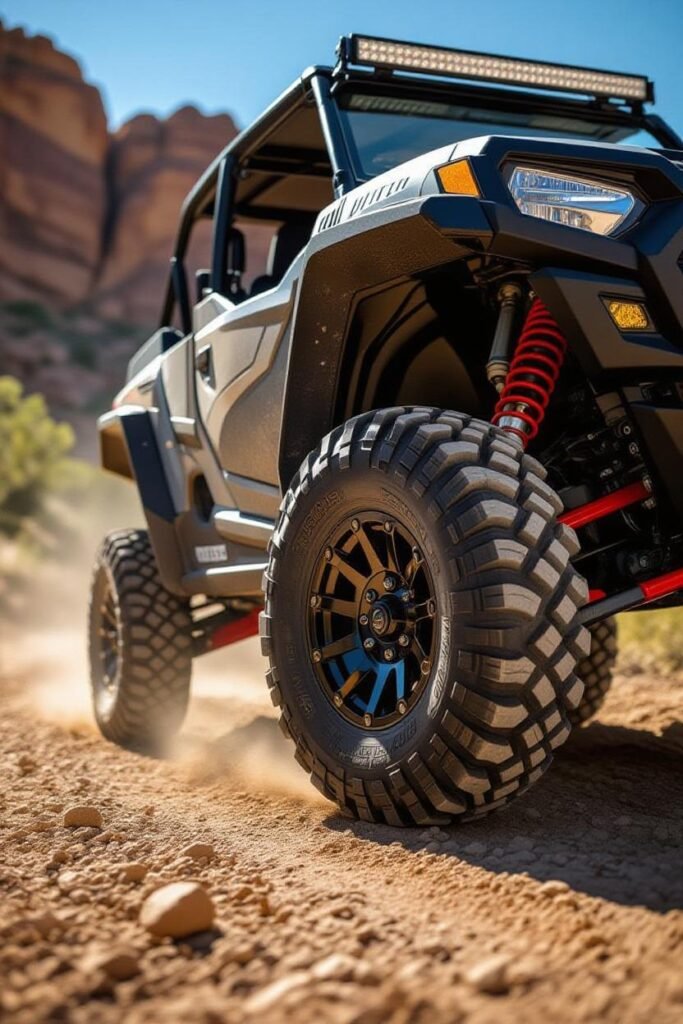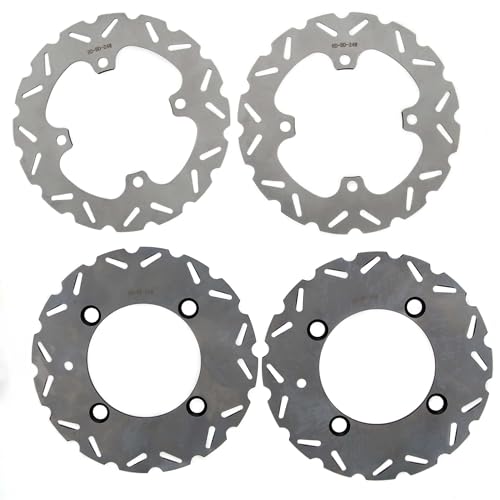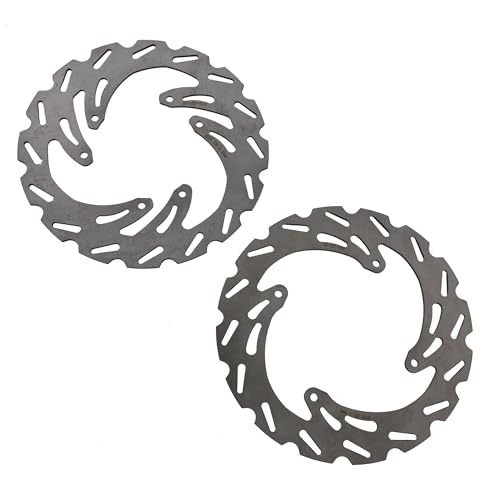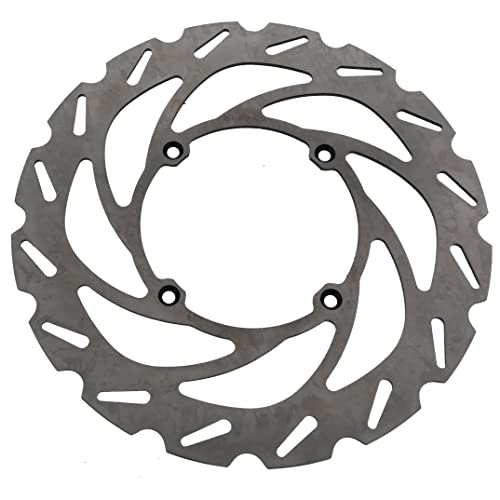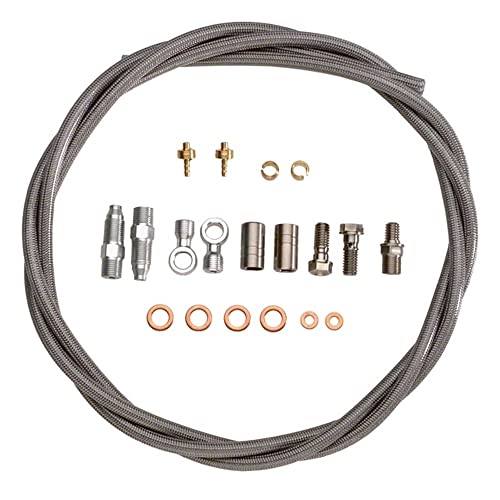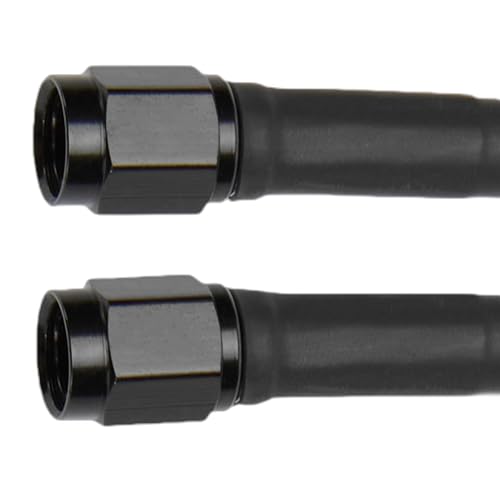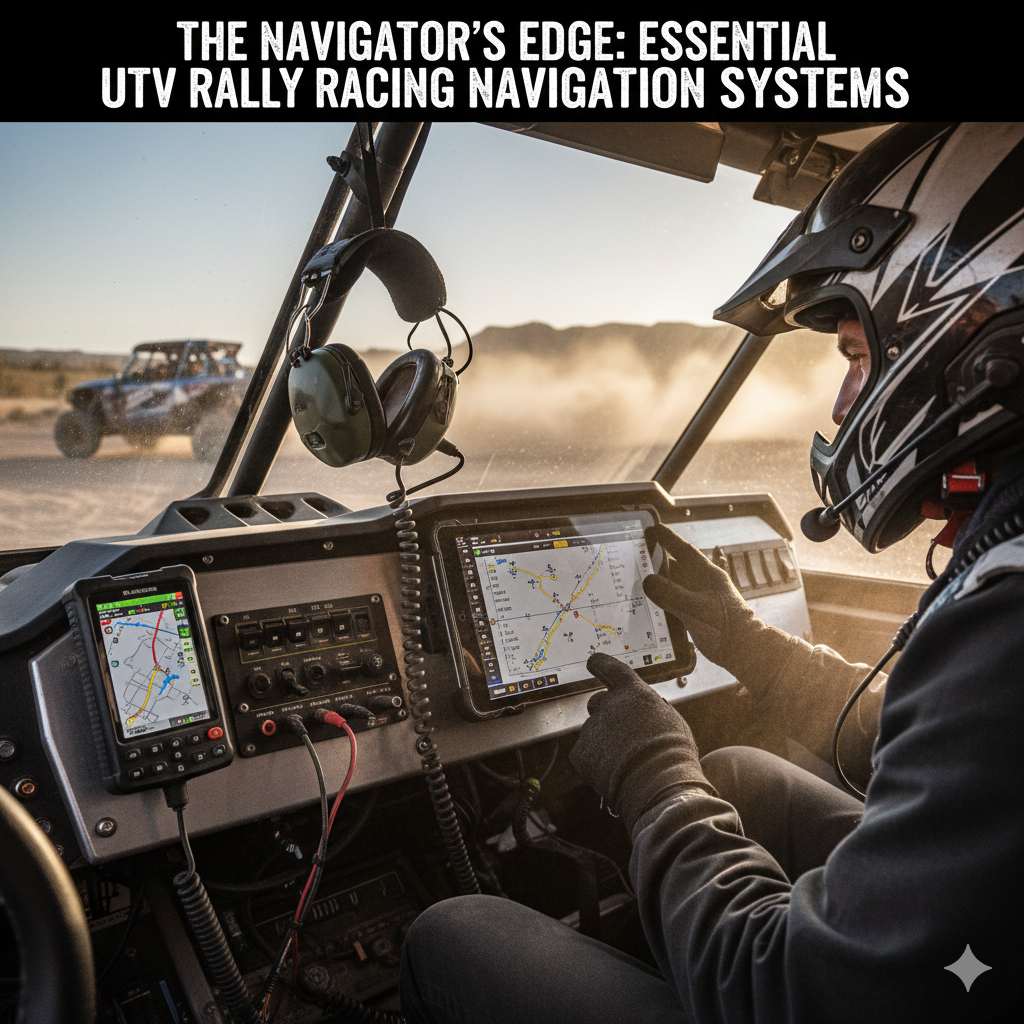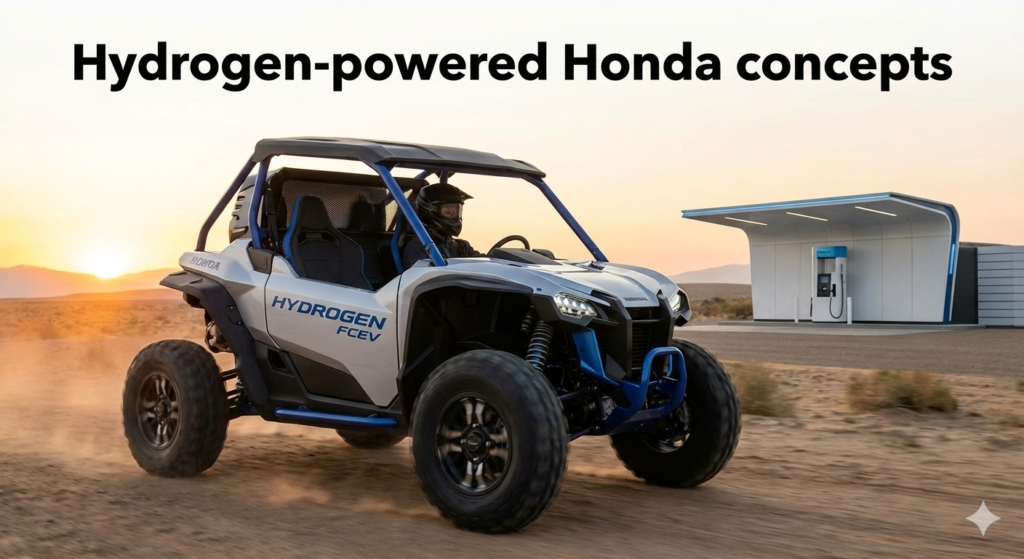Introduction
When you’re tearing through trails or climbing steep hills, your UTV’s braking system is just as important as its engine power. Without reliable brakes, performance upgrades won’t matter—because safety always comes first.
In this braking system technical analysis, we’ll break down how your UTV’s braking system works, common problems riders face, and proven ways to upgrade and maintain it. Whether you’re new to off-roading or an experienced enthusiast, understanding your brakes can make the difference between smooth control and dangerous mishaps.
Let’s dive into the mechanics, tips, and upgrades that help keep your Honda Pioneer or any UTV safe and trail-ready.
🔧 Understanding UTV Braking Systems
At their core, UTV braking systems rely on hydraulic pressure. When you press the brake pedal, fluid is pushed through lines to activate calipers, which squeeze brake pads against a rotor. This friction slows down the wheels.
Key Components:
- Brake Pedal & Master Cylinder – initiates hydraulic pressure.
- Brake Lines & Hoses – carry fluid to calipers.
- Calipers – clamp down on the rotors.
- Brake Pads & Rotors – the direct friction points.
🚩 Common Braking System Issues
Even the best setups face wear and tear. Here are some problems most off-roaders encounter:
- Brake Fade – overheating reduces stopping power.
- Spongy Pedal Feel – usually caused by air in brake lines.
- Warped Rotors – from excessive heat or heavy braking downhill.
- Uneven Pad Wear – signals alignment or caliper issues.
👉 Ignoring these can shorten brake life and compromise safety.
⚙️ Braking System Upgrades for UTVs
If you want sharper stopping power, consider these upgrades:
1. Performance Brake Pads
- Withstand heat better
- Provide consistent stopping power
2. Slotted or Drilled Rotors
- Reduce heat buildup
- Improve braking under muddy or wet conditions
3. Stainless Steel Brake Lines
- Eliminate spongy pedal feel
- Deliver more precise braking response
🛠 Maintenance Tips for Longer Brake Life
To keep your braking system strong, follow these practices:
- Check fluid levels before every long ride
- Flush brake fluid annually (moisture reduces effectiveness)
- Inspect pads every 500–700 miles
- Rinse calipers and rotors after muddy or sandy rides
📚 Technical Analysis: Why Brakes Fail on the Trails
- Heat Build-Up → reduces friction coefficient
- Contamination (mud, water, sand) → limits pad-to-rotor contact
- Hydraulic Issues → air pockets reduce pressure
- Component Fatigue → stock parts not designed for heavy off-road stress
This analysis shows why stock brakes often underperform in extreme riding—and why smart upgrades pay off.
Conclusion
A braking system technical analysis reveals that your UTV’s safety relies heavily on proper brake performance. From hydraulic pressure to pad and rotor condition, every component matters.
By upgrading to performance pads, heavy-duty rotors, and stainless-steel brake lines, you can significantly improve control and reduce the risk of accidents on the trails. Combine these with consistent maintenance, and your UTV will be ready for any adventure.
If you’ve faced braking challenges or tried upgrades, I’d love to hear your experiences. Drop a comment below and share what worked for you—because the off-road community grows stronger when we learn from each other.
Stay safe, ride smart, and always trust your brakes.
- Works for front or rear
- Fits most manufacturers disc brakes
- Braided stainless steel line
- Top-Notch Copper Nickel Alloy Tubing: Immerse in the ease of bending and flaring with our true copper nickel, non-magnet…
- Advanced Rust & Corrosion Protection: Opt for the ultimate in durability with our Copper Nickel Alloy lines, proven to o…
- Exceeds SAE & ISO Standards: Settle only for peak quality with our tubing, confidently meeting all SAE and ISO specifica…
- Product type :AUTO ACCESSORY
- Package dimensions :16.51 cm L x6.35 cm W x2.286 cm H
- country of origin :United States

